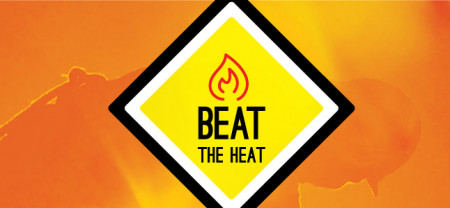To emphasize its concern and take necessary action, OSHA is implementing an enforcement initiative on heat-related hazards, developing a National Emphasis Program on heat inspections, and launching a rulemaking process to develop a workplace heat standard. In addition, the agency is forming a National Advisory Committee on Occupational Safety and Health Heat Injury and Illness Prevention Work Group to provide better understanding of challenges and to identify and share best practices to protect workers.
OSHA implemented an intervention and enforcement initiative recently to prevent and protect workers from heat-related illnesses and deaths while they are working in hazardous hot environments. The newly established initiative prioritizes heat-related interventions and inspections of work activities on days when the heat index exceeds 80 degrees Fahrenheit.
The OSHA initiative applies to indoor and outdoor worksites in general industry, construction, agriculture and maritime where potential heat-related hazards exist. On days when a recognized heat temperature can result in increased risks of heat-related illnesses, OSHA will increase enforcement efforts. Employers are encouraged to implement intervention methods on heat priority days proactively, including regularly taking breaks for water, rest, shade, training workers on how to identify common symptoms and what to do when a worker suspects a heat-related illness is occurring, and taking periodic measurements to determine workers' heat exposure.
OSHA Area Directors across the nation will institute the following:
- Prioritize inspections of heat-related complaints, referrals and employer-reported illnesses and initiate an onsite investigation where possible.
- Instruct compliance safety and health officers, during their travels to job sites, to conduct an intervention (providing the agency's heat poster/wallet card, discuss the importance of easy access to cool water, cooling areas and acclimatization) or opening an inspection when they observe employees performing strenuous work in hot conditions.
- Expand the scope of other inspections to address heat-related hazards where worksite conditions or other evidence indicates these hazards may be present.

